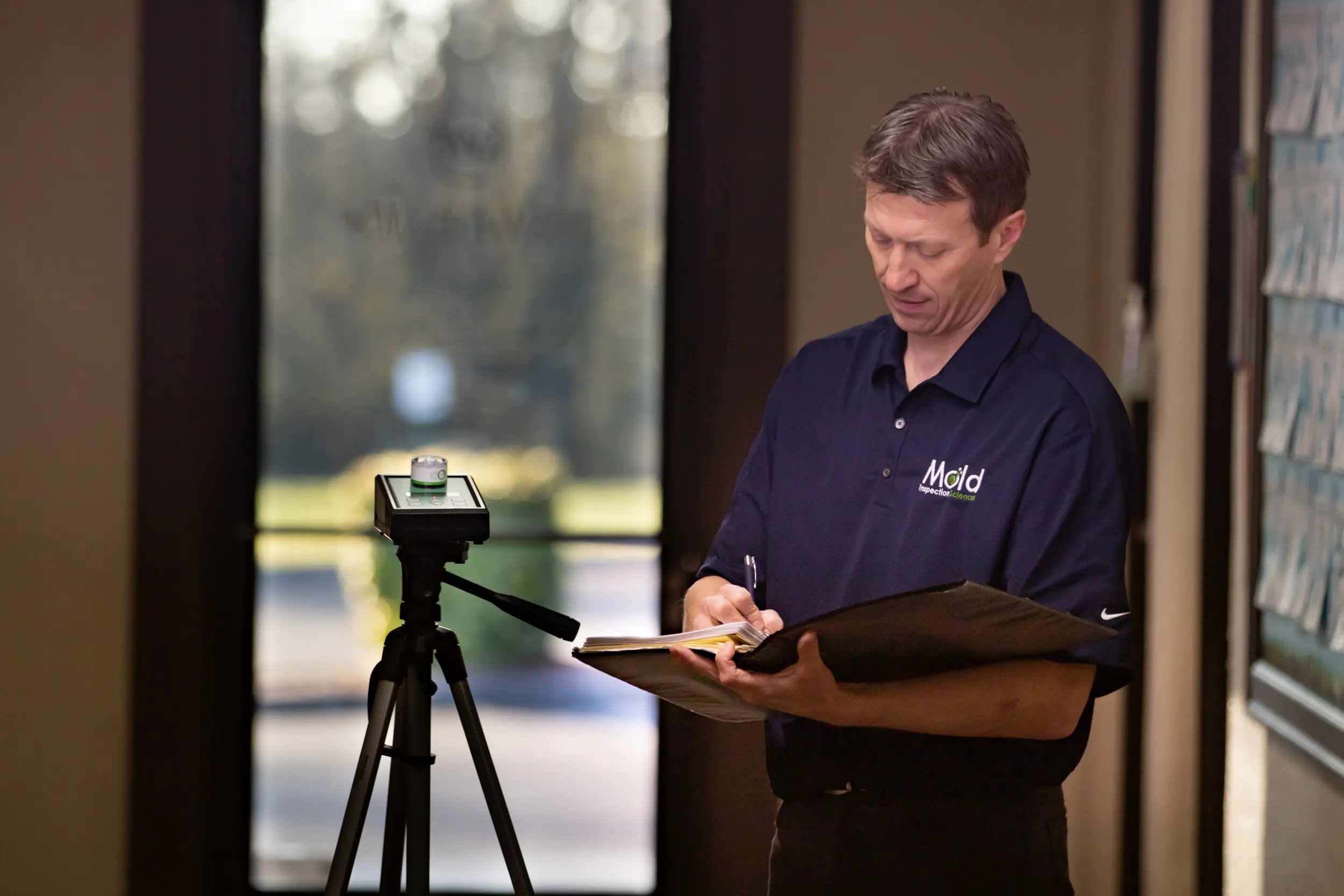Advice on What to Do After Mold Remediation
Advice on What to Do After Mold Remediation
Blog Article
Effective Post Mold And Mildew Removal Solutions for Your Home
Mold and mildew growth in homes can be a consistent problem, usually needing a systematic technique for efficient post-remediation options. From understanding the elements that add to mold and mildew growth to carrying out proper cleaning methods and wetness control actions, the process can be elaborate yet important for keeping a healthy living setting. Additionally, checking out natural removal services and establishing a regular for ongoing upkeep are necessary parts of a detailed mold and mildew remediation method. As property owners make every effort to deal with mold and mildew issues, discovering the most efficient services ends up being critical for the health of their families.
Understanding Mold Growth Factors
The primary variable adding to mold and mildew growth is dampness. Mold spores need wetness to germinate and prosper, making moist or moist atmospheres highly vulnerable to mold invasions.

In addition, air movement and light direct exposure can influence mold and mildew development. Areas that lack proper ventilation and all-natural light are a lot more susceptible to mold and mildew development. By dealing with these aspects thoroughly, people can effectively mitigate mold and mildew growth and secure their living environments.
Correct Mold Cleansing Strategies
Making use of efficient cleaning methods is essential in resolving and stopping the recurrence of mold and mildew contamination in interior settings. When dealing with mold and mildew, it is important to focus on safety by putting on protective equipment such as masks, handwear covers, and safety glasses. The very first action in appropriate mold cleaning is to consist of the damaged area to protect against the spread of spores to unpolluted locations. This can be achieved by sealing the area and using air scrubbers or adverse air machines to maintain air high quality.

Executing Dampness Control Steps
To successfully stop mold development and contamination in indoor settings, applying wetness control measures is extremely important. Additionally, guaranteeing appropriate ventilation in locations resource prone to moisture buildup, such as kitchens and washrooms, can assist lower the danger of mold and mildew development. By carefully implementing these dampness control actions, house owners can efficiently minimize the possibility of mold recontamination and preserve a healthy and balanced indoor atmosphere.
Utilizing Natural Remediation Solutions
After successfully executing wetness control actions to stop mold and mildew growth in indoor atmospheres, homeowners can currently check out the efficiency of all-natural remediation remedies in maintaining a healthy and balanced living area. Natural removal services make use of eco-friendly approaches to deal with mold and mildew and mildew, making them a prominent choice for those seeking non-toxic options. One such service is making use of vinegar, a natural antimicrobial representative, to tidy and disinfect surface areas infected by mold. Just thin down vinegar with water and spray it onto the affected locations, allowing it to rest for a couple of hours before wiping tidy. Furthermore, tea tree oil, understood for its antifungal homes, can be combined with water and sprayed onto mold-infested surfaces to inhibit more development. An additional all-natural alternative is hydrogen peroxide, which can effectively eliminate mold and mildew on numerous surface areas without leaving damaging deposits behind. By integrating these natural remediation solutions right into their cleansing regimens, house owners can successfully pop over here battle mold development while advertising a healthier interior atmosphere on their own and their family members.

Keeping a Mold-Free Setting
In order to avoid mold and mildew recurrence and ensure a regularly mold-free setting, it is important for house owners to implement aggressive upkeep methods. On a regular basis inspecting locations prone to mold and mildew growth, such as restrooms, attics, basements, and kitchens, is vital. Resolving any kind of leakages, water damages, or excess moisture promptly can significantly decrease the threat of mold and mildew development. what to do after mold remediation. Correct air flow in areas with high humidity levels is additionally crucial to avoid mold development. Using dehumidifiers or exhaust fans can assist keep ideal moisture degrees and discourage mold spores from growing.
Furthermore, keeping cleanliness in the home is important for mold prevention. Regularly cleansing and dusting surfaces, carpets, and upholstery can assist eliminate mold spores before they have a possibility to multiply and resolve. Making use of mold-resistant items for construction products and home furnishings can additionally help in developing a mold-free setting. Finally, maintaining interior plants in check and making certain correct water drainage in outside landscape design can decrease wetness build-up, decreasing the possibility of mold infestations. By complying with these proactive upkeep methods, property owners can successfully support a mold-free space.
Verdict
Finally, it is essential to resolve mold growth factors, make use of appropriate cleaning strategies, carry out wetness control actions, make use of all-natural remediation remedies, and keep a mold-free environment in order to efficiently manage blog post mold remediation in your home - Post remediation mold testing near me. By adhering to these strategies, you can stop mold and mildew from repeating and make certain a healthy and balanced living setting for you and your family members
The primary element contributing to mold development is dampness. Mold and mildew spores require moisture to grow and germinate, making moist or humid atmospheres very susceptible to mold and mildew problems.To successfully prevent mold growth and contamination in indoor environments, carrying out wetness control procedures is paramount. Additionally, Resources making sure appropriate ventilation in locations vulnerable to moisture accumulation, such as shower rooms and kitchen areas, can help lower the danger of mold development.After effectively executing wetness control measures to prevent mold development in indoor environments, homeowners can currently explore the performance of all-natural remediation solutions in keeping a healthy living room.
Report this page